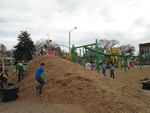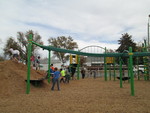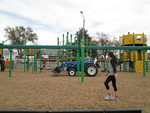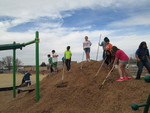by: Dianna Padgett
Click on photos to view slide show

Here is a link to the information page on the Kansas Legislature site:
http://www.kslegislature.org/li/b2017_18/measures/hb2389/
March 23, 2017
The Honorable John Barker, Chairper

https://www.nrcs.usda.gov/conservation-basics/conservation-by-state/kansas/news/kansas-nrcs-announces-application-deadline
USDA’s Natural Resources Conservation Service (NRCS) will dedicate financial and technical assistance to a new organic management standard and partner with new organic technical experts to increase staff capacity and expertise.
SALINA, KANSAS, May 17, 2023 ‒ The U.S. Department of Agriculture (USDA) announced deta

January 3, 2023
Media please contact:
Heather Lansdowne
785-564-6706
AgMedia@ks.gov
MANHATTAN, Kansas — The Kansas Department of Agriculture and K-State Research and Extension (KSRE) will offer virtual workshops February 6-10, 2023, to assist farmers' market vendors and managers, and also for those wanting to sell food products directly to consumers. The workshop series includes five online Lunch and Learn sessions.
"Over the past two years, we've se
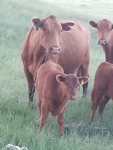
retired NRCS District Conservationist
Grazing management is matching available forage to the stocking rate of the animals to be grazing the native range resource. The goal of grazing management is to market a valuable resource at a profit while maintaining and improving the range resource. The stocking rate has a huge impact on animal performance and the available range of forage resources.
The stocking rate is defined as the land area allocated to each grazing animal for

"Gosh, I hope I didn't offend you." My friend says to me as he comes through my door. "How So?" I ask. "That post I made on Facebook about how all {people with your political views slur} are imbeciles – You know I didn't mean you, though, right... you’re pretty smart and I would never say that about you or want to hurt you" He stammers awkwardly. People are hard to hate up close when you get to know them. It’s almost imposs
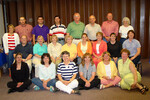
Her
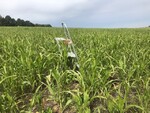
What are cover crops? Cover crops are grown for the protection and enrichment of the soil. In Agriculture, cover crops are used to cover and protect the soil rather than to be harvested.
Cover crops are used to manage cropland and reduce soil erosion, improve soil fertility, improve soil quality, improve water storage, reduce pressure from weeds, pests and diseases, and improve biodiversity and wildlife in an agroecosystem.
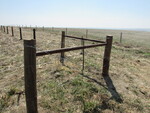
Photos By Cale Rieger, NRCS Natural Resource Specialist
Proper fence is needed for grazing livestock in a rotational grazing system. As mentioned before, a rest-rotation grazing system is essential for properly managing grazing systems in the western Kansas area of short grass and mid-grass prairie.
Many perimeter fences are 3 or 4 strands of barbed wire. Interior cross-fences are usually a single smooth wire. The interior fe

http://dz-bz.com
